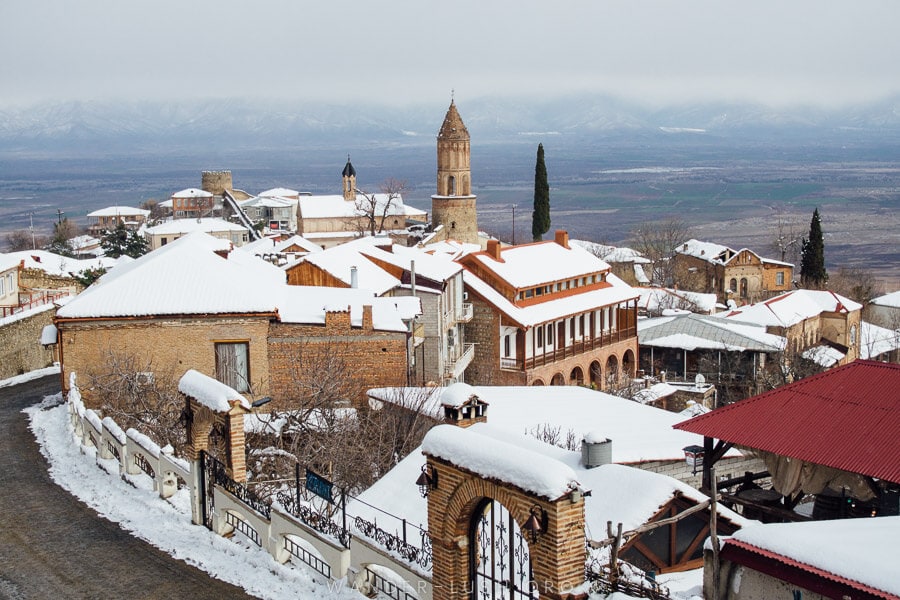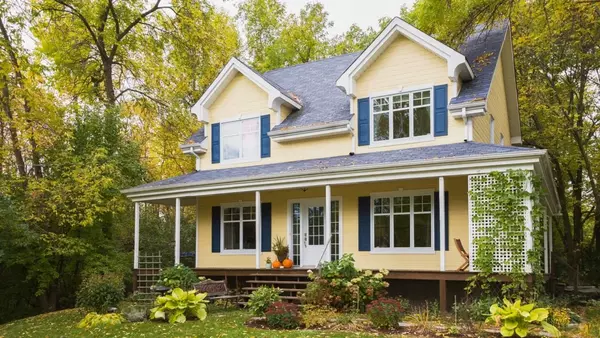Surviving the financial freeze: How were Americans coping with utility costs this winter?


Solutions were sometimes funny and sometimes heartbreaking.
Key findings:
Some 46% of US adults have had to take measures to cope with current utility costs
A quarter have been wearing additional clothing to keep warm, while 5% have had sex to save on heating
Worryingly, 35% have faced a choice between buying food and heating their home this winter
To keep costs down, 60% of homeowners have implemented energy-saving improvements, such as installing solar panels (10%) and switching to energy-efficient lighting (25%)
Fear of a recession is fading and inflation continues to trend downwards. There are plenty of positive economic indicators that the United States’ financial situation is improving. Yet, millions of Americans continue to find themselves in the red at the end of the month.
Energy prices fell by more than 20% throughout 2023, yet bills still remain 29% higher than they were back in January 2020. Unable to foot the bill, many have sought novel ways to stay warm without dialling up the thermostat.
The team at NewHomesMate recently surveyed 1,000 Americans on how high energy rates are harming the average household and the measures they’ve taken to keep utility costs down.
Surviving the cost of living cold spell
It isn’t just society’s least well off that’s struggling with the cost of living. Some 46% of US adults have been forced to take action to save on utilities this winter.
While 25% of people have turned to the classic cost-cutting measure of pulling on additional clothing to stay warm, 5% have found a way to generate their own heat: spending time making love.
However, for many, keeping costs down isn’t a matter of fun and foreplay; It’s a difficult choice between keeping their bodies warm or their bellies full. Results show that 35% of Americans have been forced to choose between paying for utilities and buying food this winter.
And that isn’t the only unhealthy approach people are taking to keep their bank account out of overdraft. Some 2% have taken to drinking alcohol not for enjoyment, but to stay warm without switching on the heating.
Turning up the savings (instead of the thermostat)
With higher utility costs likely here to stay for the foreseeable future, 60% of homeowners have sought ways to improve their homes to reduce costs without compromising their comfort.
Some 16% of people have installed energy-efficient windows and 28% have improved the insulation in their home. With less heat escaping, it takes less time (and cost) for a home to reach a comfortable temperature.
Likewise, 10% have opted to make their own energy instead of paying exorbitant utility prices. While the energy generated during winter might not cover a household’s demand, the surplus generated in the summer can be sold to suppliers to cover higher bills during the colder months. Yet, implementing such measures can be expensive and, for many, adding another large bill to the pile isn’t an option.
However, reducing home expenses doesn’t have to come at an astronomical cost. Some 27% of people have already installed energy-efficient appliances, 22% have opted for a smart thermostat, and 25% have switched to energy-efficient lighting, which can save households up to 30% on their energy bill. Even these low-cost solutions can make all the difference during the current cost of living crisis — and many cold winters to come.
Methodology: To create this study, NewHomesMate surveyed 1,000 Americans aged over 18 years old. The study includes participants of all genders and social backgrounds.
Key findings:
Some 46% of US adults have had to take measures to cope with current utility costs
A quarter have been wearing additional clothing to keep warm, while 5% have had sex to save on heating
Worryingly, 35% have faced a choice between buying food and heating their home this winter
To keep costs down, 60% of homeowners have implemented energy-saving improvements, such as installing solar panels (10%) and switching to energy-efficient lighting (25%)
Fear of a recession is fading and inflation continues to trend downwards. There are plenty of positive economic indicators that the United States’ financial situation is improving. Yet, millions of Americans continue to find themselves in the red at the end of the month.
Energy prices fell by more than 20% throughout 2023, yet bills still remain 29% higher than they were back in January 2020. Unable to foot the bill, many have sought novel ways to stay warm without dialling up the thermostat.
The team at NewHomesMate recently surveyed 1,000 Americans on how high energy rates are harming the average household and the measures they’ve taken to keep utility costs down.
Surviving the cost of living cold spell
It isn’t just society’s least well off that’s struggling with the cost of living. Some 46% of US adults have been forced to take action to save on utilities this winter.
While 25% of people have turned to the classic cost-cutting measure of pulling on additional clothing to stay warm, 5% have found a way to generate their own heat: spending time making love.
However, for many, keeping costs down isn’t a matter of fun and foreplay; It’s a difficult choice between keeping their bodies warm or their bellies full. Results show that 35% of Americans have been forced to choose between paying for utilities and buying food this winter.
And that isn’t the only unhealthy approach people are taking to keep their bank account out of overdraft. Some 2% have taken to drinking alcohol not for enjoyment, but to stay warm without switching on the heating.
Turning up the savings (instead of the thermostat)
With higher utility costs likely here to stay for the foreseeable future, 60% of homeowners have sought ways to improve their homes to reduce costs without compromising their comfort.
Some 16% of people have installed energy-efficient windows and 28% have improved the insulation in their home. With less heat escaping, it takes less time (and cost) for a home to reach a comfortable temperature.
Likewise, 10% have opted to make their own energy instead of paying exorbitant utility prices. While the energy generated during winter might not cover a household’s demand, the surplus generated in the summer can be sold to suppliers to cover higher bills during the colder months. Yet, implementing such measures can be expensive and, for many, adding another large bill to the pile isn’t an option.
However, reducing home expenses doesn’t have to come at an astronomical cost. Some 27% of people have already installed energy-efficient appliances, 22% have opted for a smart thermostat, and 25% have switched to energy-efficient lighting, which can save households up to 30% on their energy bill. Even these low-cost solutions can make all the difference during the current cost of living crisis — and many cold winters to come.
Methodology: To create this study, NewHomesMate surveyed 1,000 Americans aged over 18 years old. The study includes participants of all genders and social backgrounds.
Recent Posts

Discover Luxurious Living in Hoschton: A Closer Look at 173 Tennessee Walker WAY

A Complete Guide to A Home Equity Line of Credit (HELOC)

Government Home Loans: Make Homeownership Possible

10 Tips for Organizing Your Whole House

What To Know About Smart Home Tech

8 Value-Adding Home Improvements You Can Do for $1,000 or Less

Health and Wellness Upgrades That Make Your Home Better

How to Find an Apartment: 11 Ways to Beat the Hot Rental Market

5 Things to Look for in a Rental Listing

6 Tips for Finding a Pet-Friendly Rental
